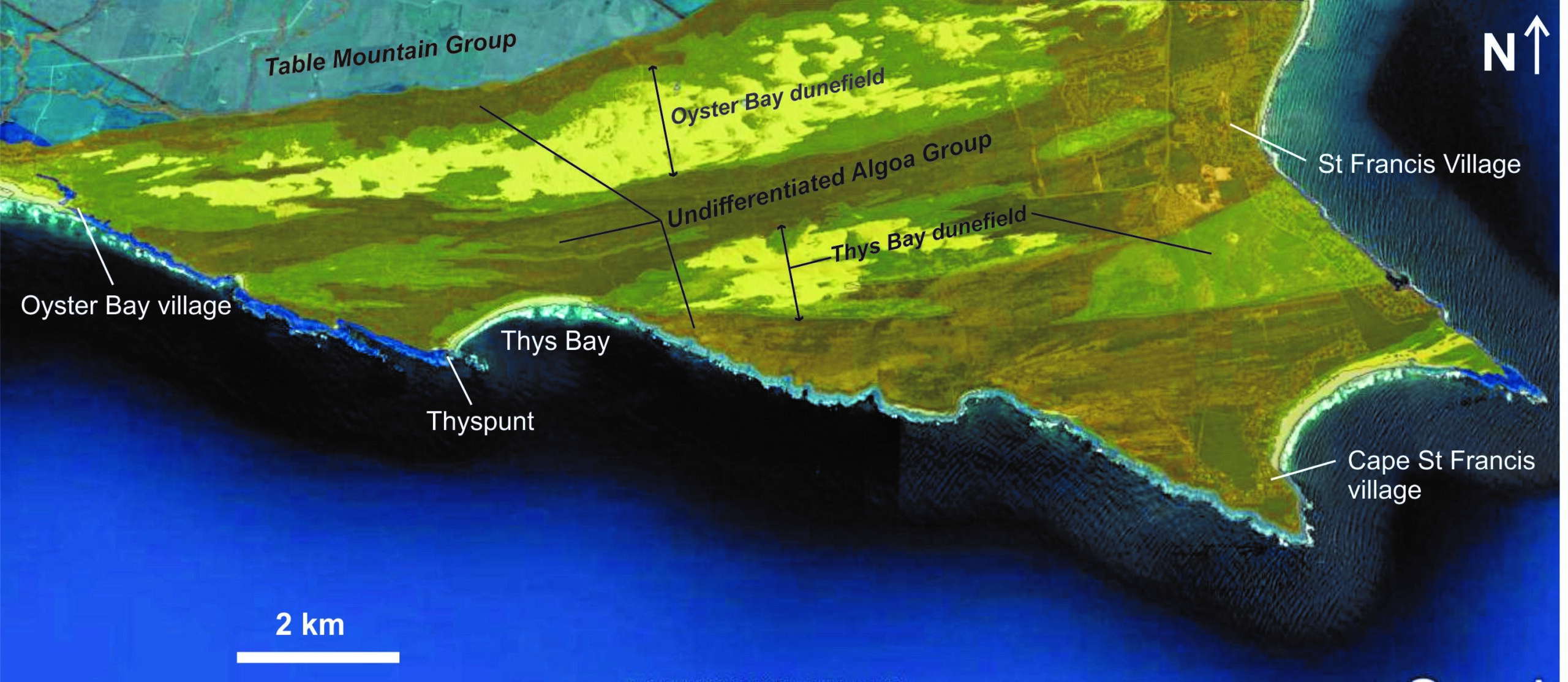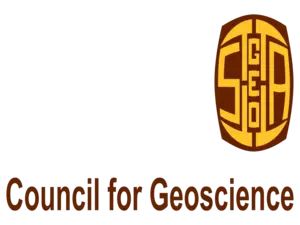9 December 2016
The Council for Geoscience (CGS) is the custodian of South Africa’s geoscience data. According to the Geoscience Act (Act 100 of 1993), the CGS is mandated to collect and curate all geoscience data and knowledge in the South African National Geoscience Repository, promote research and the extension of knowledge in the field of geoscience and render specialized geoscientific services to enable informed and scientifically sound decisions on the use of the earth’s surface and resources within the territory of South Africa.
Over the past two decades the CGS undertook a number of geoscientific investigations that assessed the suitability of several coastal localities for the development of critical infrastructure, such as nuclear power plants. This research encompassed seismic monitoring, geological mapping and specialised, neotectonic studies to assess hazards of a geological nature. Meticulous care was taken to ensure that this work achieved internationally-accepted standards.
These efforts culminated in the Probabilistic Seismic Hazard Analysis (PSHA) that was recently completed for the Thyspunt nuclear site west of Port Elizabeth. In order to satisfy the intentions of the National Nuclear Regulator’s (NNR) requirements, it was decided to adopt rigorous and defined methodologies recognised and approved by the United States Nuclear Regulatory Commission (USNRC) and the International Atomic Energy Agency (IAEA). The Seismic Hazard Analysis (SHA) was undertaken by a multi-discipline, multi-national team of experts who included several specialists of international renown, and supported by additional geological, seismic, historical and geotechnical investigations in order to refine the seismic source and ground motion models. Members of the South African and international scientific communities were invited to provide valuable input into the processes and products in the PSHA. All scientific products were subjected to thorough external review – either through normal peer-review or by independent in-process review by a panel of international specialists who have a proven record for such studies and understand the stringent safety requirements for such work. Several journal articles based on this work were subjected to an additional round of external review by international, peer-reviewed scientific journals and all results have been accepted by the international scientific community.
Based on the extensive geoscientific database established for the Thyspunt locality and surrounding region, as well as a significant body of research undertaken to date, we are confident that the site geology is well understood and that all potential major geological hazards have been identified and considered. As documented in the scientific literature, the seismic hazard analysis assessed all credible seismic sources and scenarios (including the potential impact of large seismic events in excess of Mw 7). From a public and nuclear safety perspective, there is nothing in the geology, bed rock topography or seismology of the region that disqualifies the Thyspunt site for the construction of a nuclear installation. The CGS takes this opportunity to reassure the South African public that the utmost care and due diligence were exercised when conducting all work for the Thyspunt site.
Ends
For more information:
Mahlatse Mononela, Marketing and Communication Specialist: Council for Geoscience
012 841 1225 / mmononela@geoscience.org.za




